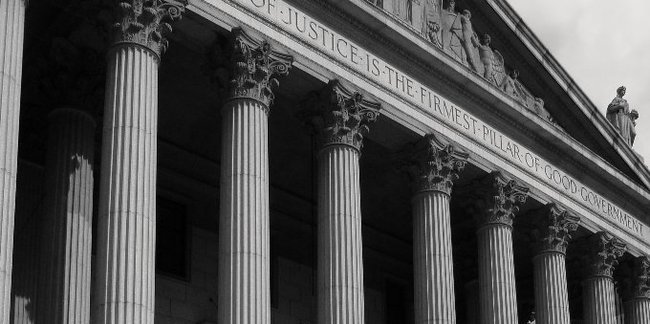Missing a limitation period can be highly detrimental to any case. But, what happens when the party simply does not know he or she has a claim, as a result of the conduct of another? This issue, among others, was addressed in the recent Ontario Court of Appeal decision, Beaudoin Estate v. Campbellford Memorial Hospital, 2021 ONCA 57 (“Beaudoin”).
By way of background, and with respect to matters concerning estates, section 38(3) of the Trustee Act, R.S.O. 1990, c. T.23 provides that certain actions brought on behalf of a deceased person must be brought within two years of the person’s death; however, the two-year limitation period may be suspended when a party fraudulently conceals the existence of the cause of action.
One of the issues in Beaudoin was whether an allegation of fraudulent concealment was made out with respect to a medical malpractice claim brought by the estate of Garry Beaudoin (the “Deceased”), among others in his family, against Campbellford Memorial Hospital (the “Hospital”) and several of its physicians. The appellants alleged that the Deceased was negligently diagnosed and treated at the hospital in the first few days of January 2015, leading to a delay in surgery that could have saved his life.
The Deceased died on January 9, 2015 and the appellants’ action was not brought until April 2017 (i.e. after the expiry of the two year limitation period). The appellants ultimately amended their claim in July 2018 to plead that the respondents’ fraudulent concealment suspended the limitation period. In particular, they stated that in March 2015, they requested and paid for the Deceased’s complete medical records from the Hospital, but they were missing highly relevant CT imaging, which was not disclosed until May 2017. The appellants claimed that the fraudulent concealment of the CT imaging prevented them from knowing that they had a cause of action against the respondents until May 2017.
The Hospital maintained that the appellants’ claim was statute barred and sought to have the action dismissed under rule 21.01(1)(a) of the Ontario Rules of Civil Procedure (the “Rule 21 Motion”). The Rule 21 Motion was granted in part, as the motion judge held, among other things, that there was no causal connection between the alleged improper concealment of the CT imaging and the appellants’ failure to sue within the limitation period.
The appellants were successful on their appeal of the Rule 21 Motion judge’s decision. The Court of Appeal stated at paragraph 7 of its decision, “The motion judge erred in deciding a disputed factual question of fraudulent concealment as a question of law under r. 21.01(1)(a) – whether the respondents’ failure to disclose the CT imaging prevented the appellants from reasonably discovering their cause of action before the limitation period expired. Because the facts pleaded in the July 2018 claim must be assumed to be true and are not patently ridiculous or manifestly incapable of proof, it is not plain and obvious that the negligence claims are statute-barred. I would therefore allow the claims pleaded in the July 2018 claim to proceed.”
The Court of Appeal delved into the facts as they related to the Deceased’s numerous admissions to the emergency department at the respondent Hospital, as well as the details concerning the illnesses which befell him and the treatments administered. It was ultimately found that “The CT imaging from January 3, 2015 revealed an occlusion and/or obstruction of the superior mesenteric artery and the Deceased died because of the respondents’ failure to identify an occlusion and/or obstruction of his mesenteric artery on the CT imaging from January 3, 2015. Had the occlusion and/or obstruction of the mesenteric artery not been ignored, the Deceased would have received treatment that would have saved his life.”
Moreover, and as held by the Supreme Court of Canada in Pioneer Corp. v. Godfrey, 2019 SCC 42, 437 D.L.R. (4th) 383, fraudulent concealment is “an equitable doctrine that prevents limitation periods from being used ‘as an instrument of injustice… [w]here the defendant fraudulently conceals the existence of a cause of action, the limitation period is suspended until the plaintiff discovers the fraud or ought reasonably to have discovered the fraud…it is a form of ‘equitable fraud’ … which is not confined to the parameters of the common law action for fraud”.[1]
As such, it was held that the doctrine of fraudulent concealment tolled the limitation period under the Trustee Act; the appellants were unaware, and could not have been aware, of the doctor’s failure to identify the mesenteric artery obstruction until they received the actual CT imaging from the Hospital in May 2017.
This blog sets out a brief summary of a few aspects of this decision; however, a full review of Beaudoin provides an in-depth analysis regarding, among other things, the application of rule 21.01(1)(a) to limitation periods and an in-depth discussion of the matter of causation as it relates to fraudulent concealment.
[1] Interestingly, Pioneer Corp. v. Godfrey was released after the motion judge’s decision in this case.


0 Comments